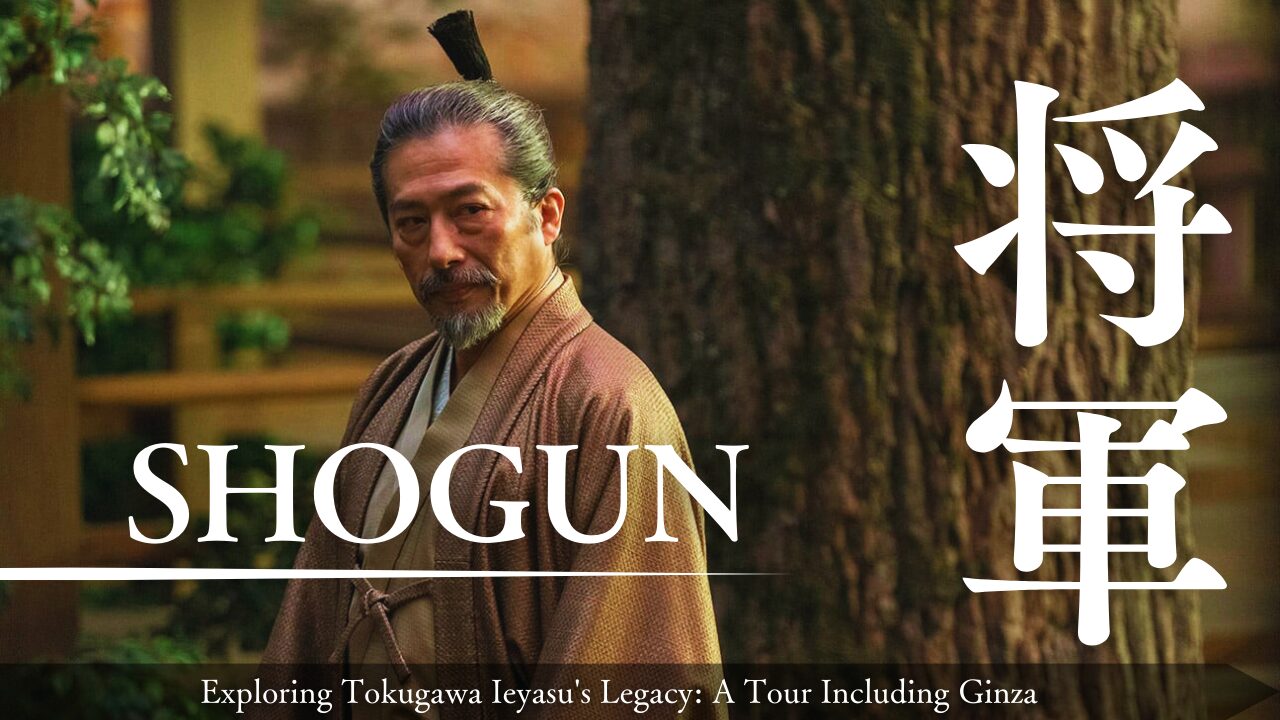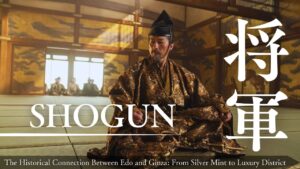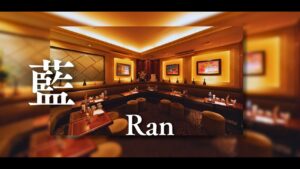
Table of Contents
- 1 Introduction
- 2 Stop 1: Sumpu Castle Park (Sunpu Castle Ruins)
- 3 Stop 2: Edo Castle (Imperial Palace)
- 4 Stop 3: Nikko Toshogu Shrine
- 5 Stop 4: Zojoji Temple
- 6 Stop 5: Ginza District
- 7 Stop 6: Hama-rikyu Gardens
- 8 Stop 7: Sengakuji Temple
- 9 Conclusion of the Tour
- 10 Additional Tips for Shogun Fans
- 11 Planning Your Visit
Introduction
For fans of the drama Shogun and admirers of Japanese history, exploring the real-life locations associated with Tokugawa Ieyasu—portrayed as Lord Toranaga in the series—offers a unique opportunity to connect with Japan's rich past. This tour guide takes you through significant sites in Tokyo related to Ieyasu's legacy, including the vibrant district of Ginza. Discover how Ginza intertwines with Ieyasu's history and experience the blend of tradition and modernity that defines Tokyo.
Stop 1: Sumpu Castle Park (Sunpu Castle Ruins)
Background
- Historical Significance: Although not in Tokyo but in Shizuoka, Sumpu Castle was where Tokugawa Ieyasu spent his retirement years.
- What to See: The reconstructed moats, gates, and turrets offer insight into the architectural style of the period.
Travel Tip
- Access: A bullet train from Tokyo Station to Shizuoka Station takes about an hour.
- Why Visit First: Starting here sets the historical context for Ieyasu's life before exploring his influence in Tokyo.
Stop 2: Edo Castle (Imperial Palace)
Background
- Historical Significance: Edo Castle was the headquarters of the Tokugawa Shogunate during the Edo period.
- What to See: While the original castle no longer exists, the Imperial Palace stands on its grounds. The East Gardens are open to the public, showcasing remnants of the original castle walls and moats.
Travel Tip
- Access: Located in the heart of Tokyo, easily accessible via Tokyo Station.
- Guided Tours: Free tours are available but require reservations.
Stop 3: Nikko Toshogu Shrine
Background
- Historical Significance: This lavishly decorated shrine is dedicated to Tokugawa Ieyasu and is his final resting place.
- What to See: The Yomeimon Gate, famous for its intricate carvings, and the Sacred Stable with the "Three Wise Monkeys" carving.
Travel Tip
- Access: Approximately two hours from Tokyo by train to Nikko.
- UNESCO World Heritage Site: Recognized for its cultural importance.
Stop 4: Zojoji Temple
Background
- Historical Significance: The family temple of the Tokugawa clan in Edo (Tokyo).
- What to See: The main gate, Sangedatsumon, dates back to 1622. The temple grounds house the tombs of six Tokugawa shoguns.
Travel Tip
- Access: Near Tokyo Tower, accessible via the Toei Oedo Line to Akabanebashi Station.
- Cultural Events: Check for traditional ceremonies or festivals during your visit.
Stop 5: Ginza District
Background
- Connection to Ieyasu: Established as a silver coin mint (Ginza) under Tokugawa Ieyasu's currency reforms.
- What to See: While now a luxury shopping area, Ginza's streets trace back to the Edo period's urban planning initiated by Ieyasu.
Highlights in Ginza
- Wako Department Store: An iconic building with a clock tower, symbolizing Ginza's blend of history and modernity.
- Kabukiza Theatre: Experience traditional Kabuki performances, a theatrical form that flourished during the Edo period.
- Ginza Six: A modern shopping complex that incorporates elements of traditional Japanese design.
Travel Tip
- Access: Served by multiple subway lines, including the Ginza Line, Hibiya Line, and Marunouchi Line.
- Dining: Explore establishments offering traditional Edo-style cuisine.
Stop 6: Hama-rikyu Gardens
Background
- Historical Significance: Originally a feudal lord's Tokyo residence during the Edo period, later a garden for the Tokugawa family.
- What to See: Traditional landscaped gardens, a seawater pond that changes with the tides, and a teahouse offering matcha and sweets.
Travel Tip
- Access: Short walk from Shiodome Station or Tsukijishijo Station.
- River Cruise: Consider arriving via a Tokyo Water Bus from Asakusa for scenic views.
Stop 7: Sengakuji Temple
Background
- Historical Significance: The burial site of the 47 Ronin, samurai who were retainers of a lord wronged during the Edo period, reflecting the strict code of the samurai under the Tokugawa Shogunate.
- What to See: Graves of the 47 Ronin and a small museum with artifacts.
Travel Tip
- Access: Near Sengakuji Station on the Toei Asakusa Line.
- Cultural Context: Offers insight into the values and justice system during Ieyasu's established shogunate.
Conclusion of the Tour
This tour through Tokyo and its surroundings illuminates the profound impact Tokugawa Ieyasu had on Japan's history. From the political epicenter at Edo Castle to the culturally rich streets of Ginza, visitors can experience firsthand how Ieyasu's legacy shaped modern Tokyo. Including Ginza in this journey not only highlights the economic reforms initiated by Ieyasu but also demonstrates the enduring connection between Japan's past and present.
Additional Tips for Shogun Fans
- Historical Context: Re-watching Shogun after this tour may provide new insights and a deeper appreciation for the historical settings and characters.
- Cultural Etiquette: Familiarize yourself with Japanese customs to enhance your travel experience.
- Seasonal Considerations: Spring cherry blossoms and autumn foliage offer picturesque backdrops at many of these sites.
Planning Your Visit
- Transportation: Consider purchasing a prepaid travel card like Suica or Pasmo for convenient access to trains and buses.
- Accommodation: Staying in central Tokyo provides easy access to these sites.
- Language Assistance: While English signage is common in Tokyo, learning basic Japanese phrases can be helpful.
Embarking on this tour allows you to walk in the footsteps of Tokugawa Ieyasu, bridging the gap between the historical narrative of Shogun and the vibrant life of modern Tokyo. Whether you're a history buff, a fan of the drama, or a curious traveler, this journey offers a memorable exploration of Japan's rich heritage.




















































